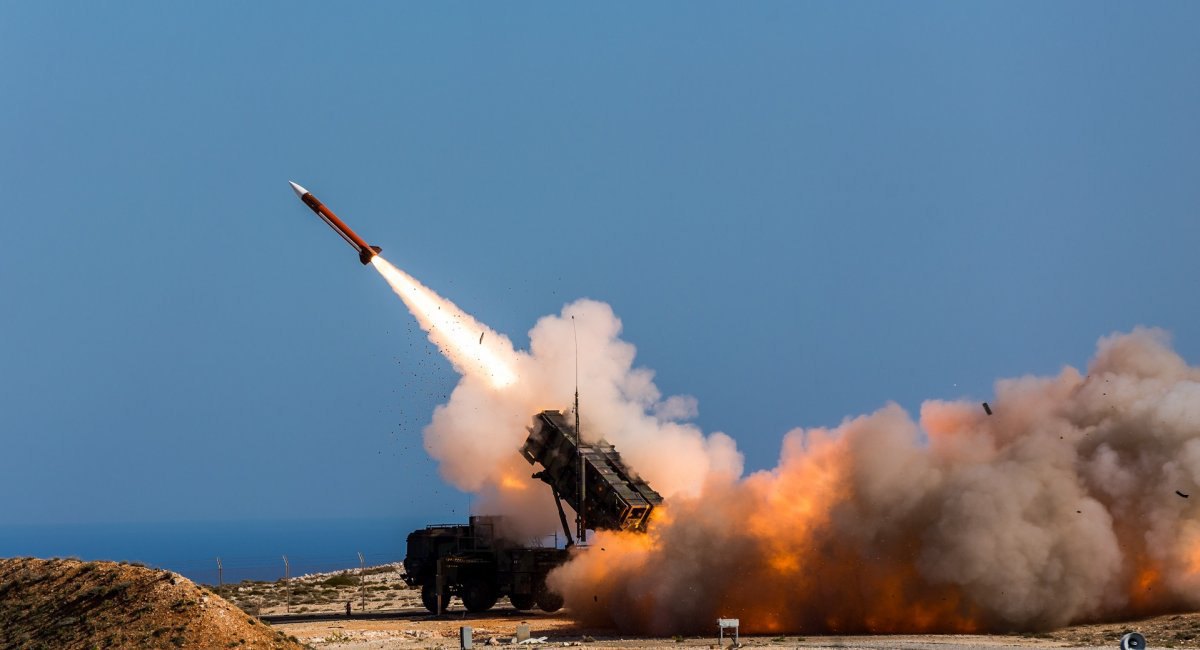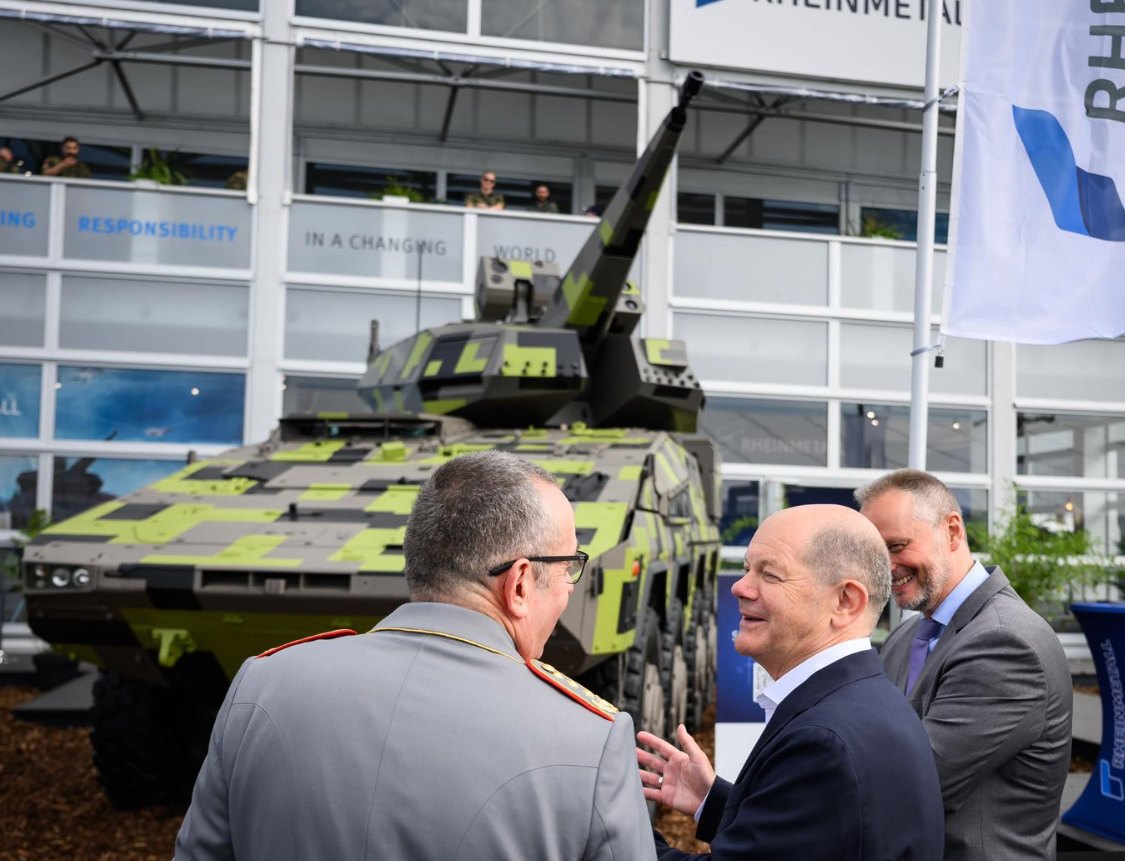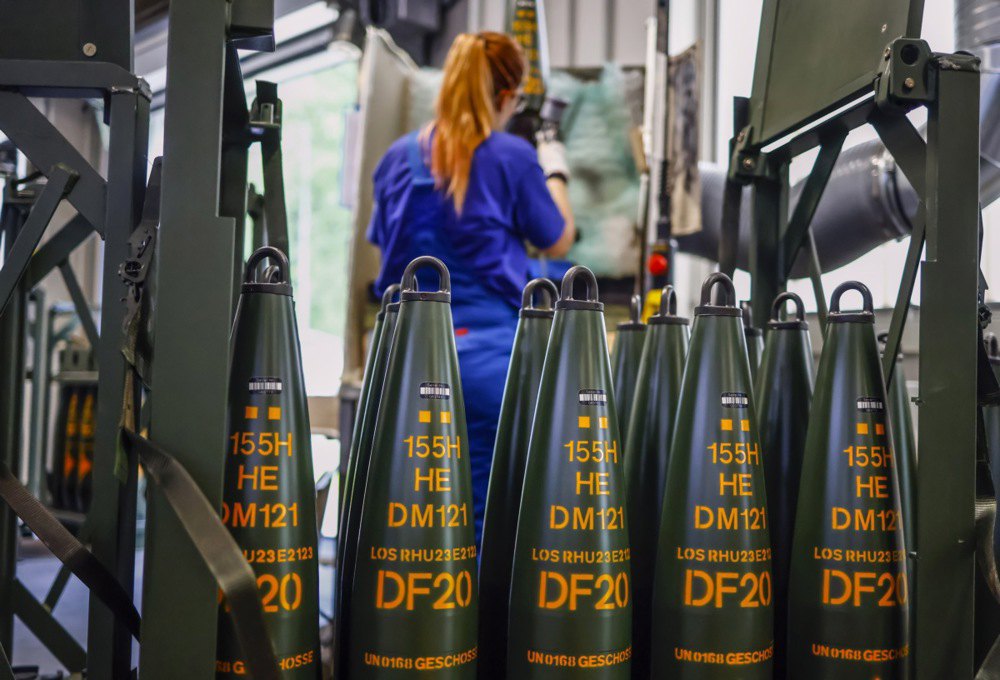
Berlin has promised Ukraine four IRIS-T medium and short-range batteries. It is unclear whether they want two of each version, or whether they want to try to transmit them in units, when both short-range and medium-range radars are tied to one radar and tactical operations centre.
In principle, the Norwegians are experimenting with networking launchers and eyes with NASAMS, which makes it harder to overload the channel, and there is an opportunity to save money, because a cheap version of a short-range missile without transport and launch containers will suffice for the conventional Shahed.
300 missiles to go with them are still in short supply, especially because of the creation of the Sky Shield, so this is really a lot. The Germans are concerned that we retain the ability to withstand waves of cruise missiles and long-range UAVs.
30 missiles for the Patriot - I don't think the latest versions are kinetic, but they are clearly at least GEM-T, already sharpened to intercept ballistics.

Perhaps Berlin is taking missiles out of storage due to reconditioning, so these batches are probably being delivered off the wheels so that Ukraine does not have large stocks because of the risk of being hit by Russian missiles.
120 unnamed man-portable air defence systems, presumably Stinger, which the Germans are producing under licence at Airbus Defence and Space facilities.
Berlin has the most recent version, the D (we have enough against cruise missiles, barrage munitions and aircraft). It is unlikely that the United States has had time to transfer the technology to upgrade to the J version of the UAV, as the Germans have recently ordered 900 missiles with a non-contact fuze as a matter of urgency.
Not only to close the gap in the technology transferred to Ukraine, but also to create a fleet of short-range Skyranger 30 tactical vehicles. The communication channel and the non-contact fuze are specifically for them - the Germans are taking into account the experience of the waves of Shahed against us.
14 artillery systems. Not self-propelled artillery systems, but artillery systems - perhaps these are Bohdan-Bs that have already been seen at German training grounds and in the German media. They clearly indicated that it is wise to have manufacturers not only in Ukraine but also in the EU, as this will allow us to avoid potential strikes and quickly increase supplies.

300 Vector drones (more than 500 are already in service) are reconnaissance UAVs with AI elements, exclusively for reconnaissance, for artillery guidance in the area up to 35 km in depth. An excellent device thanks to its night channel and AI - it is much harder to hide from it than just from the eyes of the operator.
25 Marder A3s are vehicles with additional armour, a night channel and a good ATGM. There are about 1,500 of them in storage, and the Bundeswehr will be withdrawing all of them from service and replacing them with Puma. So they will be repaired and supplied in battalion sets.
Ground-based radars - the Germans are now adopting a new generation of BURs, releasing the previous ABRA and LeGAR tripod stations. They can detect both infantry and vehicles at a range of five to seven kilometres, which is useful during human wave attacks, motorcycle raids and convoy movements.
The lion's share of the package is air defence. The Germans are well aware that no one owns the sky in Ukraine. Both sides are using and will continue to use aviation until the end of the war - for bombing from extremely low altitudes, ambushes, and launches from extreme distances - but no one will be able to seize the initiative in the air.
And not only because powerful air defence, a developed radar network, vast expanses of land and urbanisation make it possible to maintain the threat to aviation to the last. As was the case in Yugoslavia, when Kosovo was being evacuated after two and a half months of bombing, live air defence systems were being withdrawn.
This is mainly because aviation is not only about fighters and strike aircraft, but also about airborne surveillance, electronic warfare, air gunners, headquarters, and controllers - all of this has been built up over the years. If the Russian Federation could not build this system in ten years of preparation for war, it will definitely not build it with losses and under sanctions. And it will be difficult for us to do it from scratch, even with the help of our partners.

The next priority is ammunition for artillery. Berlin plans to transfer half a million shells in 2025. This is already the scale of the United States - they want to produce 1.2 million ‘hogs’ by 2026 at the earliest, and have reached a stable 40,000 per month not long ago. Despite the drone war, Western artillery is still superior to Russian artillery in terms of accuracy and range and remains a powerful deterrent.
Air defence and artillery, in my opinion, are the key to success on the ground. If we back up the accurate and longer-range Western shells with a wall of domestic ammunition for light howitzers, RS, mortar shells, heavy infantry, and remote-launched shells protected by air defences, we can really wear down the Russian human waves, just as we did their tank forces.
And no amount of 150 KABs per day on a front a thousand kilometres away will help Russia's hundreds of organisms.







